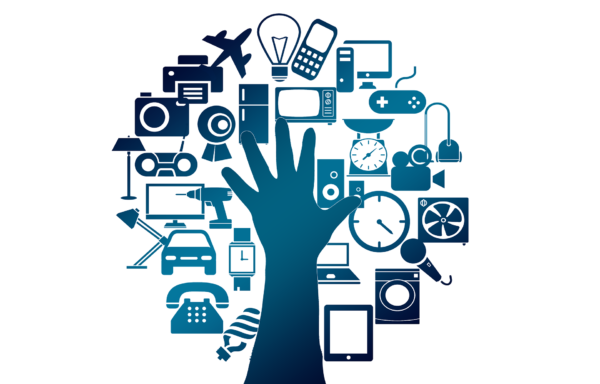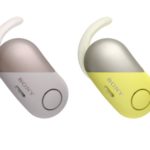
Organisations in Asia-Pacific will be installing more sensors, cameras and other connected devices this year, spending as much as US$291.7 billion on the Internet of Things (IoT), according to research firm IDC.
This is up by 12.1 per cent over last year’s expenditure of US$260.1 billion, according to a report released today. IDC does not include Japan in its Asia-Pacific market predictions.
In 2018, China will account for 64.2 per cent of the spending, followed by Korea at 9.8 per cent and India at 8.8 per cent.
The region is the leader in IoT spending, accounting for more than 40 per cent of the total worldwide IoT expenditure in 2018, said Ashutosh Bisht, a senior research manager at IDC Asia/Pacific.
“Majority of IoT spending is likely to be generated in developing economies primarily driven by PRC (People’s Republic of China) and India,” he added.
Though IoT encompasses a wide array of devices and technologies from wearables to cameras, IDC expects manufacturing operations to be the main use of these connected devices this year.
This is followed by freight monitoring, which involves tracking the movement of vehicles and goods on the go. In the next five years, connected cars, though still a nascent technology today, are expected to grow at a rapid pace as well.
Over time, the top five industries driving IoT spending will be consumer, discrete
manufacturing, process manufacturing, transportation and utilities, with a combined share of 60 per cent of the total spending, according to IDC.






